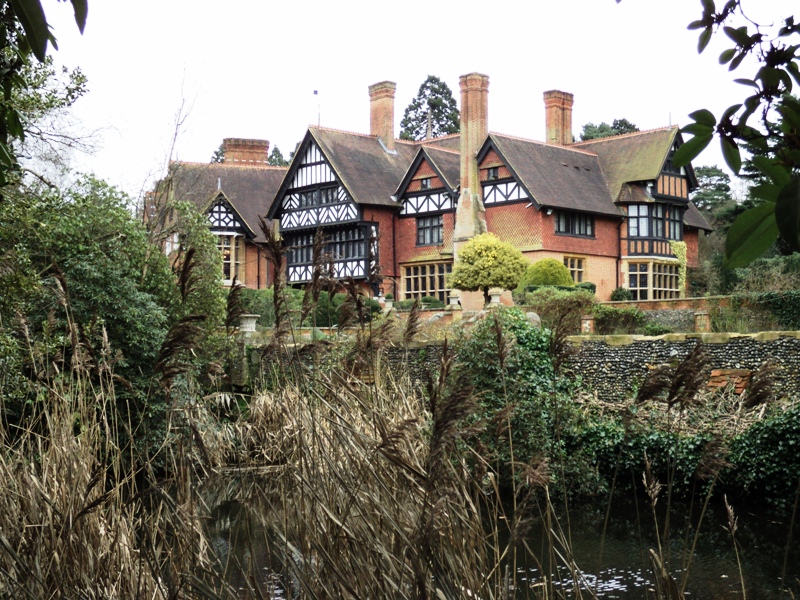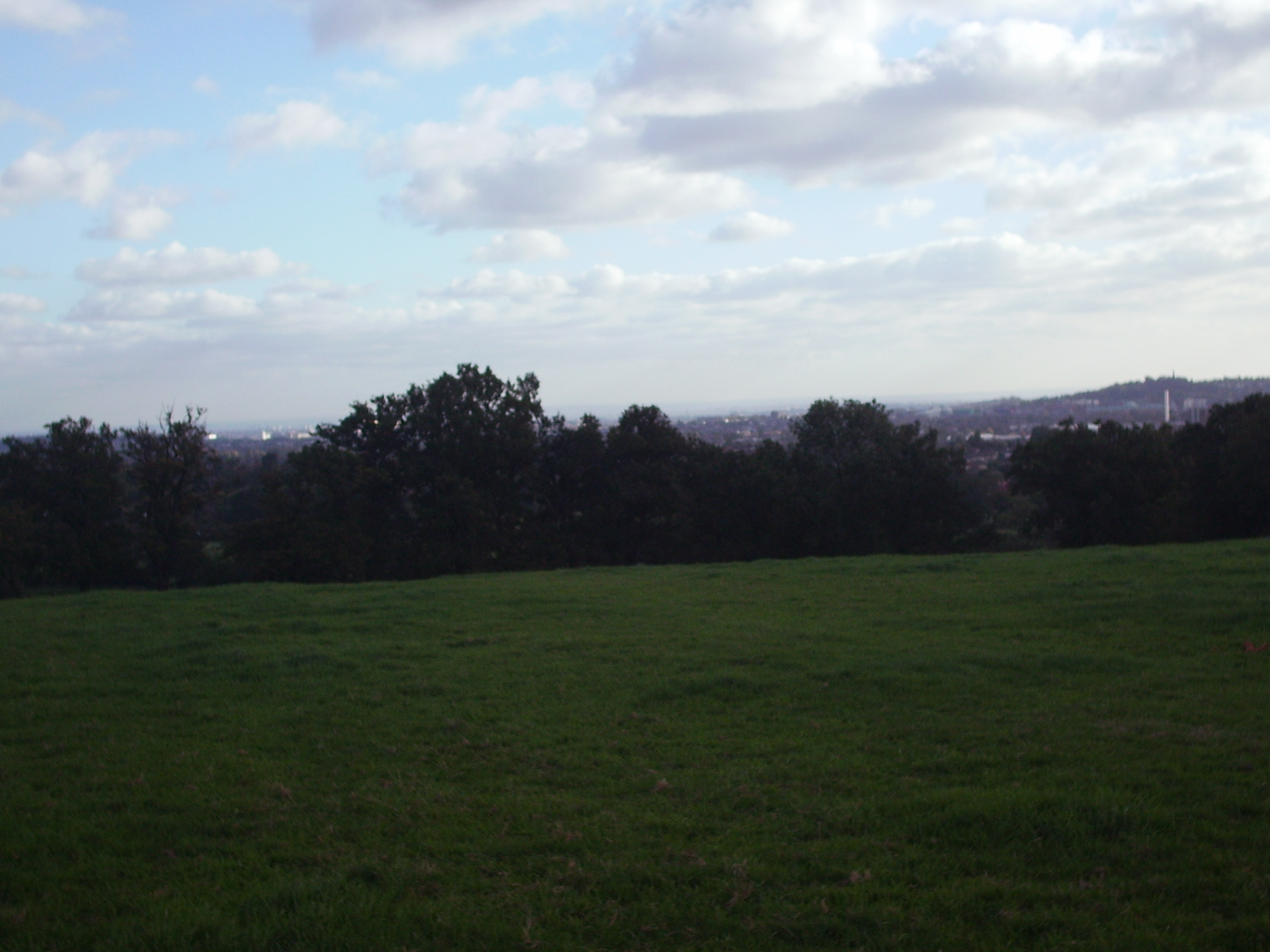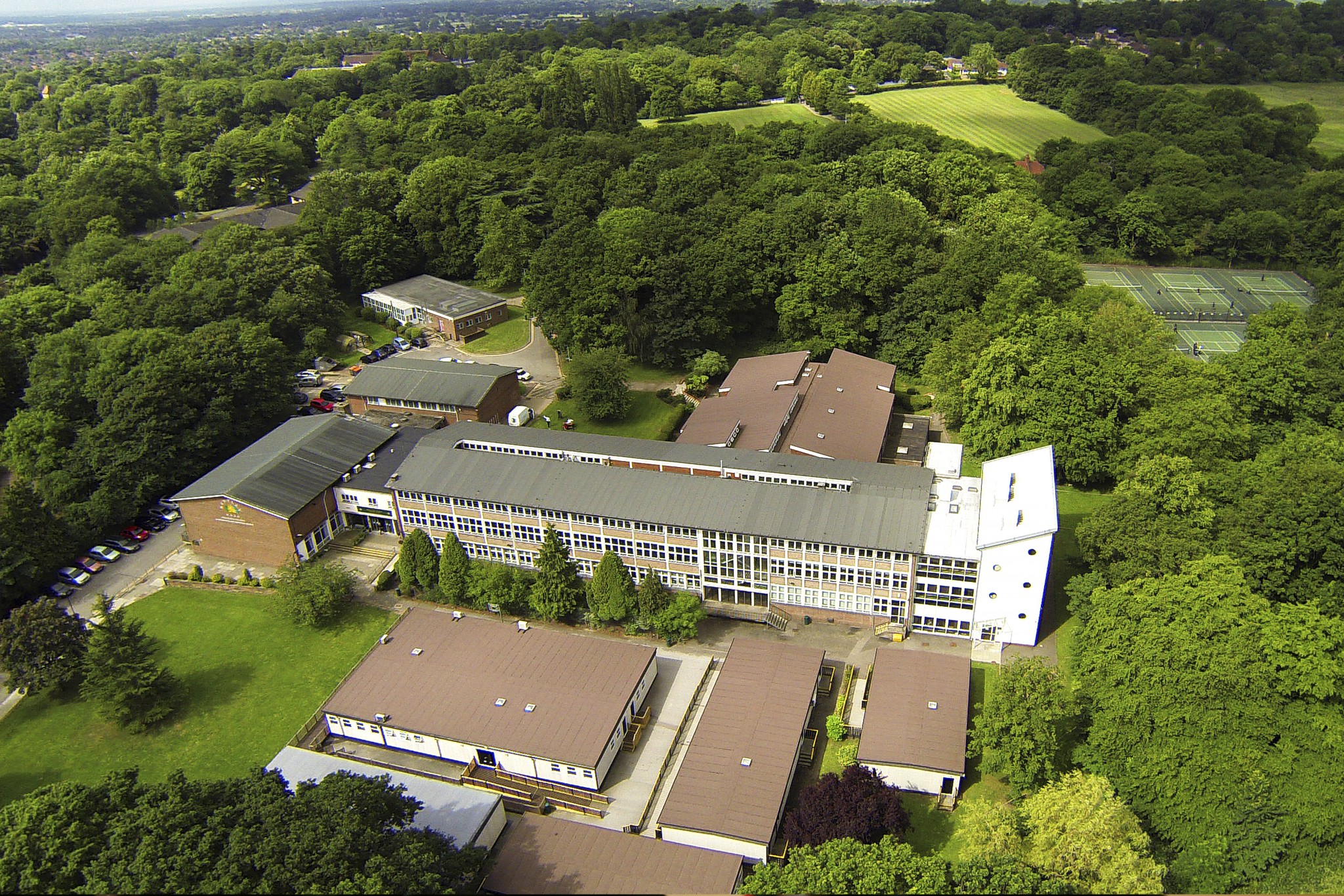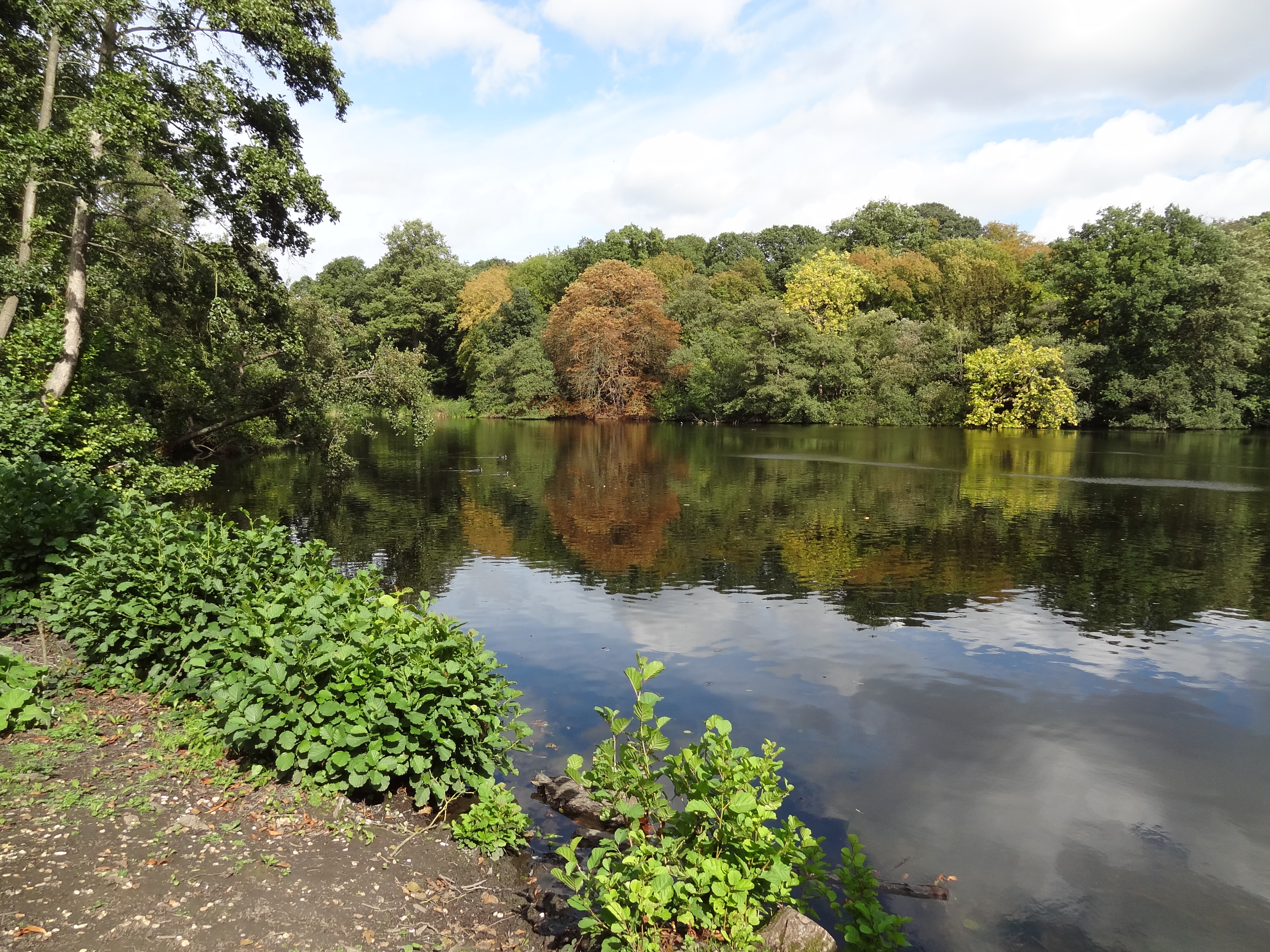Harrow Weald Common
Wood, Forest in Middlesex
England
Harrow Weald Common

Harrow Weald Common, located in Middlesex, England, is a charming woodland area commonly known as Harrow Weald Wood or Harrow Weald Forest. Spanning approximately 50 acres, it is a significant green space within the borough of Harrow. The common is nestled between residential areas and provides an oasis of tranquility amidst the urban landscape.
The common is predominantly covered by dense woodland, with a mix of deciduous and evergreen trees. Towering oak, beech, and horse chestnut trees provide a picturesque backdrop, creating a serene and natural environment. The forest floor is carpeted with a variety of wildflowers, adding vibrant colors during the spring and summer months.
This beautiful woodland also serves as a habitat for a diverse range of wildlife. The common is home to numerous bird species, including woodpeckers, thrushes, and owls, making it a popular spot for birdwatchers. Squirrels scurrying among the trees and foxes exploring their territory are a common sight as well.
The common offers several walking trails and paths, inviting visitors to explore its natural beauty. These paths wind through the woodland, providing opportunities for both leisurely strolls and more challenging hikes. The common is particularly popular among local residents for its peaceful atmosphere and recreational activities such as picnicking and dog walking.
Harrow Weald Common, with its lush woodland and diverse wildlife, provides a welcome escape from the hustle and bustle of everyday life. It is a cherished natural gem in the heart of Middlesex, attracting nature enthusiasts and those seeking a moment of tranquility in a truly picturesque setting.
If you have any feedback on the listing, please let us know in the comments section below.
Harrow Weald Common Images
Images are sourced within 2km of 51.62258/-0.34738447 or Grid Reference TQ1492. Thanks to Geograph Open Source API. All images are credited.







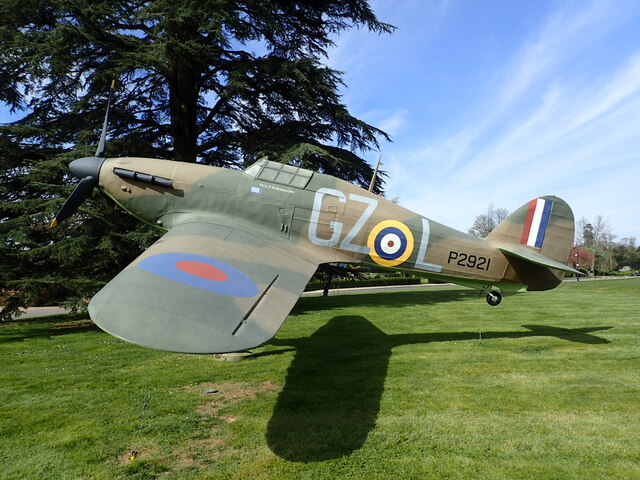







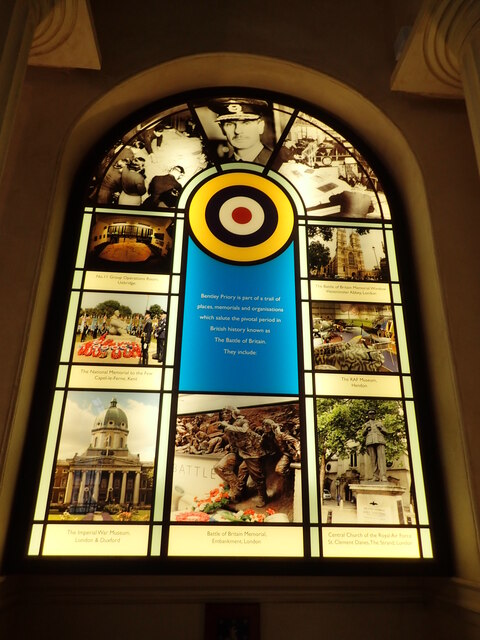


Harrow Weald Common is located at Grid Ref: TQ1492 (Lat: 51.62258, Lng: -0.34738447)
Unitary Authority: Harrow
Police Authority: Metropolitan
What 3 Words
///deflection.apples.zebra. Near Stanmore, London
Nearby Locations
Related Wikis
Harrow Weald Common
Harrow Weald Common is an 18-hectare area of woodland, heath and pasture in Harrow Weald in the London Borough of Harrow. It is considered of considerable...
Harrow Weald SSSI
Harrow Weald SSSI is a 3.7 hectare (9 acre) geological Site of Special Scientific Interest in Harrow Weald in the London Borough of Harrow. It was formerly...
Grim's Dyke
Grim's Dyke (sometimes called Graeme's Dyke until late 1891) is a house and estate in Harrow Weald, in northwest London, England. The house was built from...
Grim's Ditch (Harrow)
Grim's Ditch or Grim's Dyke or Grimes Dike is a linear earthwork in the London Borough of Harrow, in the historic county of Middlesex, and lends its name...
RAF Bentley Priory
RAF Bentley Priory was a non-flying Royal Air Force station near Stanmore in the London Borough of Harrow. It was the headquarters of Fighter Command in...
Bentley Priory
Bentley Priory is an eighteenth to nineteenth century stately home and deer park in Stanmore on the northern edge of the Greater London area in the London...
Bentley Wood High School
Bentley Wood High School is an all-girls secondary academy school in Stanmore, Harrow, England. == History == BWHS was originally called Heriots Wood Grammar...
Bentley Priory Nature Reserve
Bentley Priory Nature Reserve is a Site of Special Scientific Interest and Local Nature Reserve in Stanmore in the London Borough of Harrow, surrounding...
Nearby Amenities
Located within 500m of 51.62258,-0.34738447Have you been to Harrow Weald Common?
Leave your review of Harrow Weald Common below (or comments, questions and feedback).
